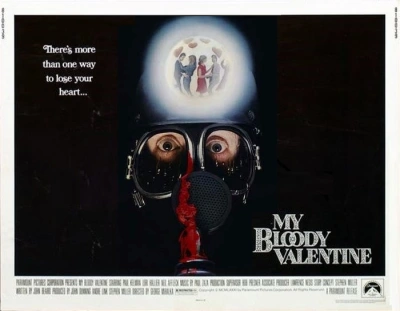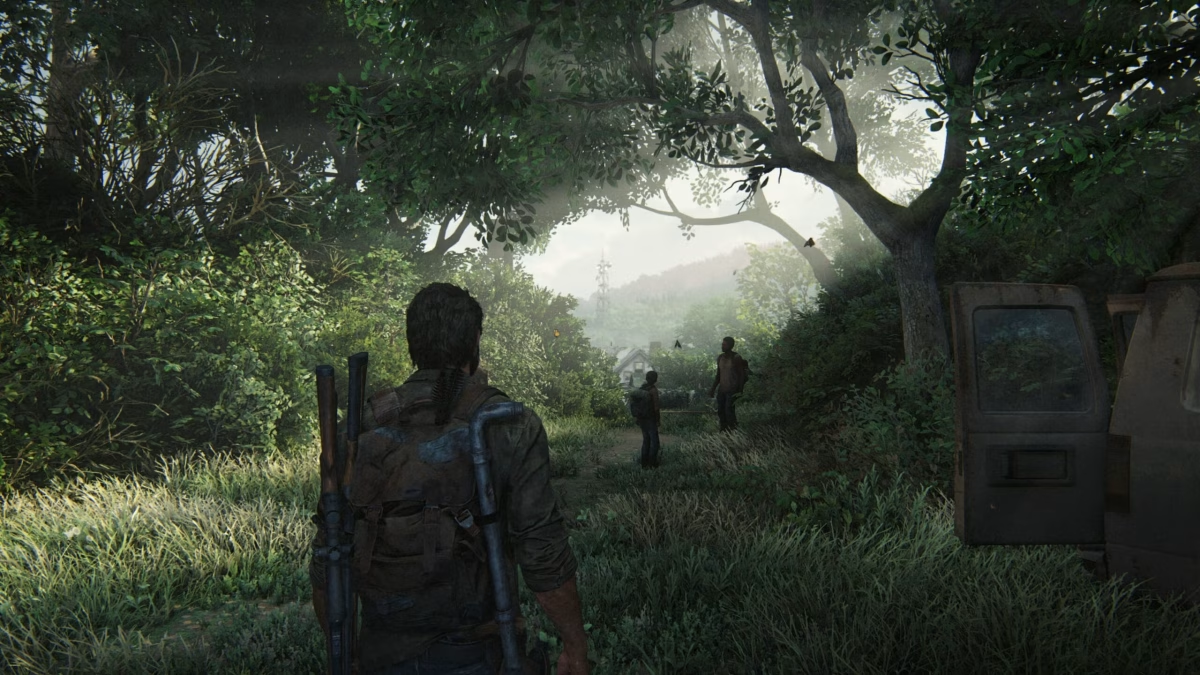While several on-screen monsters have thrilled filmgoers over the years, only one can claim to be the apex predator; A monster so big, so strong, so fierce, that it could leave its home territory in Japan and destroy the globe. A monster so hard to forget, it’s been around since 1954. A monster some would refer to as a God.
Godzilla Minus One was released on Nov. 3 in Japan and on Dec. 1 in the U.S. to critical acclaim, gaining a 98% score from both critics and audiences on Rotten Tomato. This movie is the latest Godzilla movie to be released overseas and is now considered to be one of the best in the franchise.
Included in the release was a black and white version of the movie as an homage to the original Godzilla movie. The film also takes the old cut by cut approach the first movie used.
Godzilla is a franchise that has 38 movies in total, all staring the infamous Godzilla as he destroys everything in sight. Of these films, only five were made with an American audience in mind (featuring English-speaking actors).
“My biggest criticism is that I’ve lost track of the franchise,” said Mr. Jackson, English teacher. “Not too long ago, one of the major studios tried to create a unified world where all the monster movies took place. They called it MonsterVerse, and I was in! But I think the attempt to launch a franchise faltered. Now there are other Godzilla movies coming out that are stand-alone, and as a passive consumer of this medium, I feel lost.”
Godzilla Minus One takes place in the middle-1900s starting off just before the end of World War II. We follow Koichi Shikishima, a kamikaze pilot who tries to abandon his duty by faking a technical issue with his plane and landing on Oda Island. Godzilla attacks, and due to Koichi’s inaction, the monster kills all the other soldiers except lead mechanic Tachibana, who blames the deaths on Koichi.
In the aftermath of Godzilla’s destruction, Japan is ruined. The movie then follows Koichi as he tries to go on with his life while plagued by survivor’s guilt and fearing the looming threat that Godzilla may come back.
“I am quite the fan of them,” said Scarlet Numez, a junior. “Monster movies are always filled with thrills and are quite entertaining to watch, even if the movie production isn’t good or the story-telling…it still gives you something to look forward to. Like the ‘The Mist,’ certain actions and plot poin’s didn’t match up and the monsters were hardly even presented in the movie, but it still makes you want to keep watching to see how it ends.”
This movie changes the formula that most Godzilla movies follow, opting to follow its human characters instead of the spectacle that is Godzilla. This leads the movie to have intriguing drama right out of the gate with Koichi having been disgraced by running from his duty yet also forced to live with the consequences. The humans in other Godzilla movies were obstacles for Godzilla to destroy; but in Minus One, these characters are humans who make mistakes and feel regret.
This movie also is paced very well; it feels like every scene has a reason to play out. For instance, when Godzilla shows up the first time, we see Koichi freeze and ultimately do nothing to help as Godzilla tears everyone else apart. The scene shows him at his worst so we can see how he grows to be more confident, turning what some might criticize as “Godzilla appearing too early” into a perfectly written scene.
“The original ones were sometimes so campy that my bar is set low,” Mr. Jackson said. “I don’t need big tech to make these movies fun for me. The only one of these movies that stands out to me as a flop was the 1998 one. That came out when I was in high school and I was excited to see the franchise reboot, but it was too flashy and it tried too hard. It missed the mark. The newer ones that I’ve seen have been fun, though. I still appreciate a good Godzilla flick.”
The film is complemented perfectly by the score made by Nakio Sato, which does wonders to show the mood of every scene and adds to the severity of more somber scenes. During intense moments, the music gets progressively louder. It starts out quietly before turning blaring, like the monster has been awakened, which can be seen in the opening encounter. Meanwhile, in sadder scenes in the ruined Japan, the score is much softer, playing in the background without interrupting important scenes.
Monster movies as a whole can be pretty hit or miss, depending on who you ask. This makes this movie’s reputation very well-earned. Moviegoers heard about the film largely through word of mouth, as the movie has had limited advertisement to go with its already limited release.
The movie’s visuals were also done well despite the team consisting of less than 30 people and having a low budget. In fact, they were so good that the film received an Oscar nomination for best visual effects.
The Budget is currently unconfirmed as the movie’s creator has keep it a secret, worried that it may make everyone want to make a movie for that budget. However, based on the available information, some have surmised that the film’s budget was somewhere between $10-15 million.
“I have heard the movie has amazing CGI for a low budget and good acting,” said Jay Umanzor, a senior.
The global grossing of $106,956,869 makes this film the highest grossing Godzilla movie, far surpassing Shin Godzilla’s $78 Million grossing. This also results in it being the highest grossing Japanese language film in the American box office, second-highest grossing Japanese film in America, and third highest grossing foreign language film of all time.
Leaving the box office decimated, Godzilla will be focusing all his energy to take on a new monster with the help of one of his long time rivals, King Kong, in Godzilla X King Kong: The New Empire.














